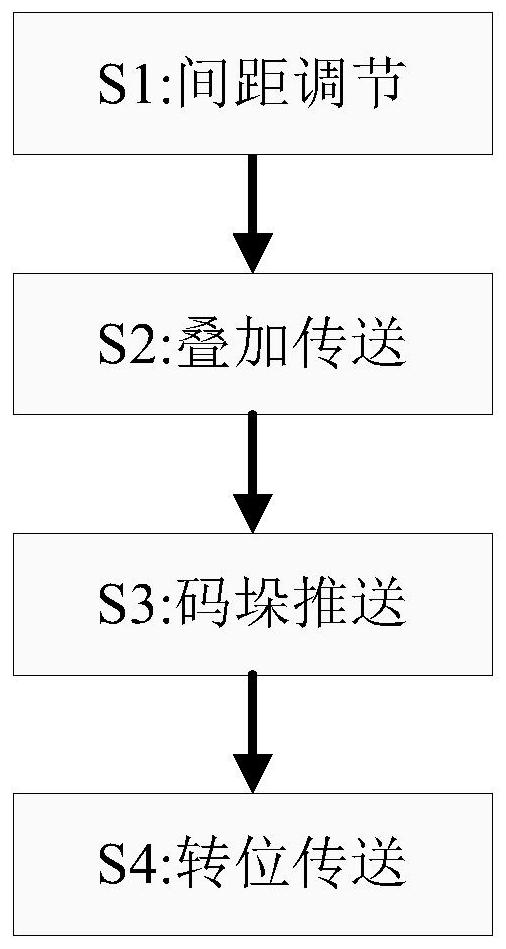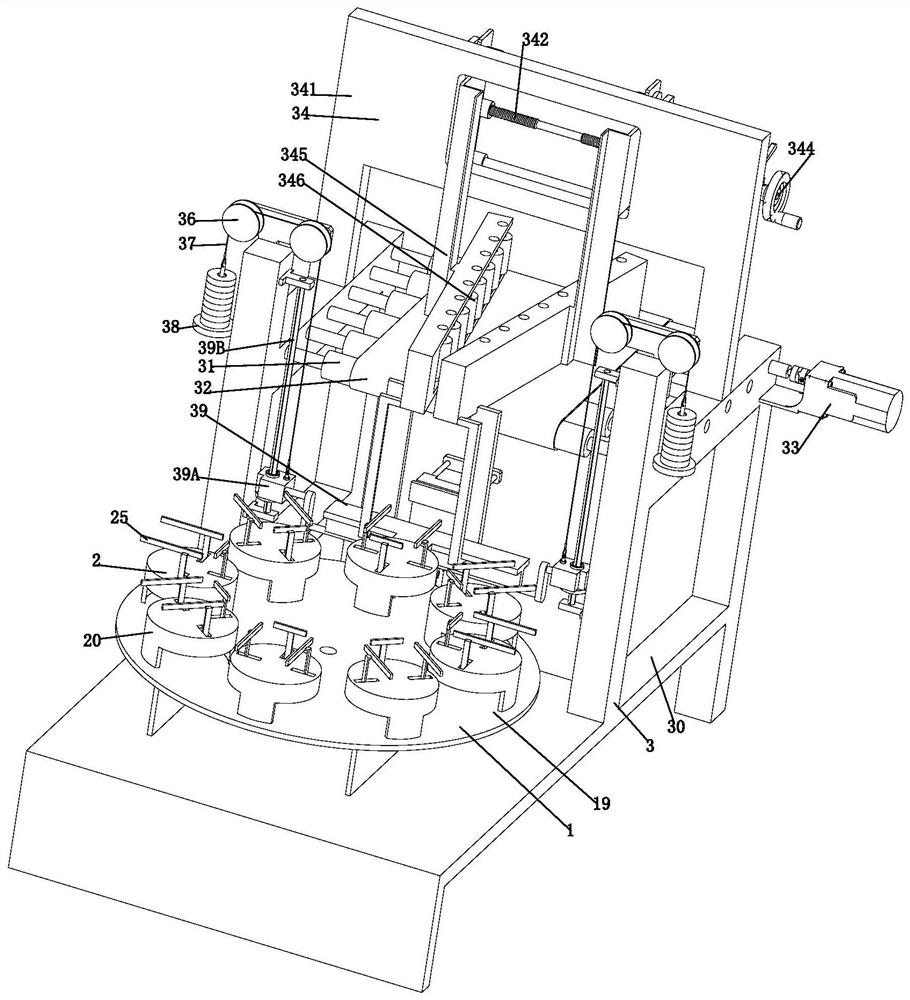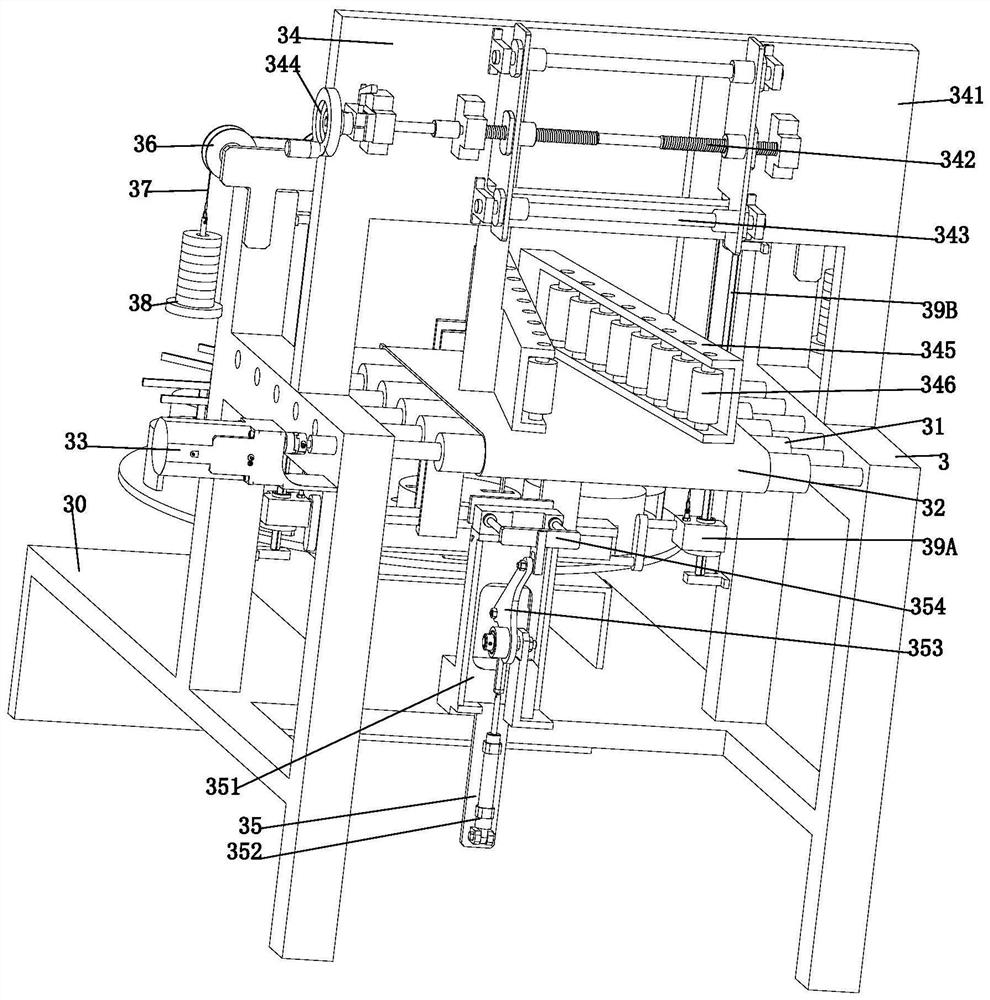Printing waste recycling treatment process
A technology for recycling and processing waste, which is applied to the stacking of objects, conveyor objects, conveyors, etc. It can solve the problems of loose space in the box, indoor environmental pollution, and impact on the body, so as to increase the stacking height and increase the stacking height. Stacking efficiency, the effect of reducing the occupied area
- Summary
- Abstract
- Description
- Claims
- Application Information
AI Technical Summary
Problems solved by technology
Method used
Image
Examples
Embodiment Construction
[0031] In order to make the technical means, creative features, goals and effects achieved by the present invention easy to understand, the present invention will be further elaborated below in conjunction with specific drawings. It should be noted that, in the case of no conflict, the embodiments and Features in the embodiments can be combined with each other.
[0032] Such as Figure 1 to Figure 6As shown, a printing waste recycling process, the specific printing waste recycling process is as follows:
[0033] S1. Spacing adjustment: Through the synchronous spacing adjustment of the laminating unit 34, the recycled waste cartons of different thicknesses are rolled and extruded and sent for recycling;
[0034] S2. Superimposed conveying: through the superimposed conveying mechanism 3, the waste cartons extruded and conveyed by the above S1 are superimposed and collected, and then discharged when they are collected to a certain height;
[0035] S3, palletizing and pushing: t...
PUM
 Login to View More
Login to View More Abstract
Description
Claims
Application Information
 Login to View More
Login to View More - R&D
- Intellectual Property
- Life Sciences
- Materials
- Tech Scout
- Unparalleled Data Quality
- Higher Quality Content
- 60% Fewer Hallucinations
Browse by: Latest US Patents, China's latest patents, Technical Efficacy Thesaurus, Application Domain, Technology Topic, Popular Technical Reports.
© 2025 PatSnap. All rights reserved.Legal|Privacy policy|Modern Slavery Act Transparency Statement|Sitemap|About US| Contact US: help@patsnap.com



